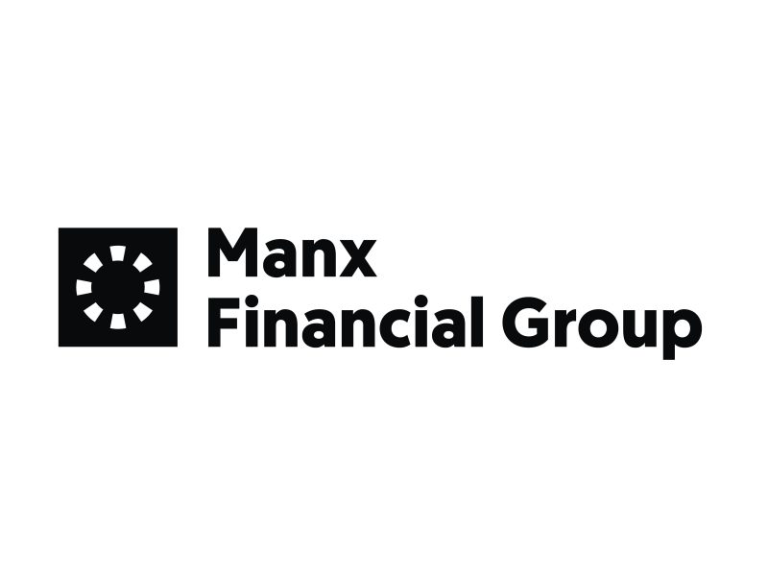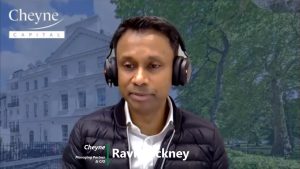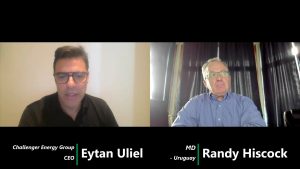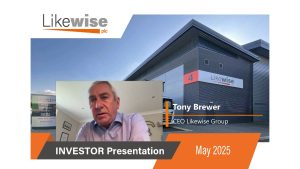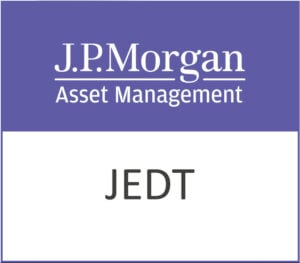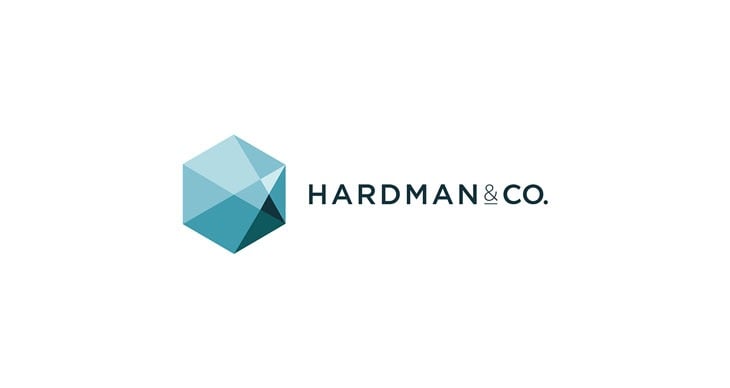Manx Financial Group Plc (LON:MFX) Group Financial Director James Smeed caught up with DirectorsTalk to discuss strong interim results for H1 2025 and the strategic partnership with Fiinu through its subsidiary Conister Bank.
Q1: James, could you take us through the first half highlights of 2025?
A1: I’m pleased to bring you the results for the first half of 2025. The group achieved record profits in this first half, posting a £4.1 million profit before tax, which was up 16% year on year. Those results are quite telling. Within those results, there’s a lot of performance improvements.
So, the operating income was up to £18.4 million and that was driven largely by efficiencies that were made in the lending area and the net interest income margin increasing to 62.4% up from the prior six months last year of 59.9%. The net yield on the lending book also improved and that was a significant improvement from 6.9% up to 7.6% in these results. The efficiency gains are what drove the increased profitability this year.
Also pleased to report the loan book grew. What we saw for the whole of last year of 2024 was a flat line of that loan book where it didn’t really grow. Now, we did see some record profits in that year too and that shows you the importance of controlling credit risk exposures and making sure that we kept tight on costs.
What we’ve really been pleased to see in this six months is that the margins in our lending portfolio and the deposit and controlling tightly those costs of the net interest income is what’s driven the profit increase for this half year. So, really pleased to bring that to our investors and to our shareholders.
In terms of the individual components within those group-wide results, we have Payment Assist, which grows from strength to strength. Its lending has now reached £97.6 million in these first six months. We have over 7,000 garages, which we’re loaning through, and over one million customers who use the product. New partnerships were announced in the RNS in this first six months and we’re seeing the growth potential of PAW increasing year to date. I received the August management accounts recently and looking at those, we’re seeing the lending figures for PAL continuing to grow and increase significantly. So really, really pleased on those.
Also, we’re looking at Conister Bank as well. Its loan book has reached £382.9 million, its deposits £406.5 million. Obviously, it’s now in the UK with its banking licence there so it’s taking those UK deposits and we’re seeing great sources of liquidity come through that channel too in these six months.
The LDR has fallen, the loan deposit ratio, another key efficiency metric we use to look at making sure that we have sufficient liquidity in the group available, but not too much, which drags on the net interest income. So, it did fall from the prior year of 98.5% down to 94.5% and as the Payment Assist lending continues to ramp up, we’re making sure that we have sufficient liquidity to meet that demand as it comes through.
So, a great set of results and also finishing strong for this first half and looking to build great success for the second half.
Q2: The principal drivers for growth are the bank and Payment Assist. How did they perform though?
A2: I think just touching on that in the prior question really, it really was Payment Assist’s strong partnerships that it grew with its customer base that just continues to grow from strength to strength. There’s a significant opportunity there for the group and we’re really excited about what Payment Assist will go on to do.
It really helped the first half. The amount of volume that it gave the bank was up to £100 million, which was an increase of about £5 million year on year the year before. We’re seeing in the second half that ramp-up for Payment Assist is continuing to accelerate and so we’re excited for the second half in terms of what PAL is doing in the trajectory.
It definitely helped allow the bank flourish and overall, the group flourish in this first half results.
Q3: Now interest rates seem to be slowing downwards in trend. What’s your view and how will lower rates impact Manx Financial Group?
A3: We have seen an interesting rate environment go up and down over the last 24/48 months and the group has had to reposition both its lending and its deposit book to make sure that it’s got the right pricing mechanism in place. If the bank fixes its lending book for the long term and a lower rate whilst short-term liquidity is repricing, it could really backfire against the group or the bank. So, we have to really closely watch that pricing.
Now, what we’ve seen in a falling interest rate environment is that the deposits reprice quicker and our longer-term lending is out. They’re deployed and really can’t be changed in the same way and so what we historically have seen in the group is that it’s been profitable. It’s good news for the bank in terms of and the group generally in that falling interest rate environment because we can reprice our deposits with a lower rate and yet we fix that interest for longer term. So, we’ll see the margin increase.
I think as a group, we’re also cautiously looking ahead. It looks to me that Labour will look to increase taxes in their November budget so we’ve got to anticipate there may be some tightening of interest rate risk going forward, particularly as the Bank of England wants to control inflation, which seems to be on the rise again. So, although it looks like it’s slowing, we’re acutely aware that it might be rising.
The good news on that front in terms of bringing Payment Assist into the group is that we’re able to now also in the lending portfolio reprice those margins quicker too, because it’s shorter-term lending. We can quite quickly match that interest rate rise. We’re passing that onto the lending book.
So, it’s really repositioning the group now to allow us to flourish in whichever environment we face so that’s good news. But yes, at the moment, I agree with you, it looks like it is on the downward trend.
Q4: Can you explain the rationale for the deal with Fiinu?
A4: We’re excited to bring the news of Fiinu to the market, Fiinu is a plug-in overdraft. For us at the bank, we see a couple of opportunities here.
We see it as a technology-led solution that we’re able to draw closer to the customer, offering up the group a new portal experience, which we just haven’t had before. The customer can open a Fiinu app, through open banking, allow them to connect to their bank account, authorise Fiinu to set up an overdraft to that bank account and it’s a plug-in for that reason to the existing current account.
So, for us, we will load the Fiinu overdraft with funding to provide an overdraft facility for customers should they want to take it. At any point, a customer can log in there through their Fiinu app and say, I’d like to transfer this much into my current account and then that debt is taken into the Fiinu app. We then charge interest on that.
Interest rates vary and can go up to 99.9% so it’s obviously going to generate more of a margin for us. The volume we’re excited about in terms of leveraging that across the Payment Assist portfolio, customer base, and other type of customers that we have.
So, we’re really hoping that we will be able to launch that into existing customer bases and give them an overdraft functionality and a tech solution that’s going to really help the group grow from strength to strength.
In addition to that, we’ve announced to the market that we’ve given Fiinu a £2 million convertible loan note, attracting interest of 10% and allowing us also favourable terms on strike price too.
So, we’re looking to also, as we grow with Fiinu, align strategic interests together in that way as well.
Q5: Has momentum been maintained in the second half of the year?
A5: I was touching on that earlier in terms of the Payment Assist originations and how much they’re giving the group. We’re seeing that really accelerate in the second half so every sign that that will continue to grow.
The bank is also exploring this relationship with Fiinu. That deal has come through; we’re hoping to launch that November/December time into the marketplace. There are some tech implementation aspects we need to see through, but that’s the target we’re looking towards and so launching that will also help the uptake and the loan book grow.
So, really positive, and confident in terms of maintaining that momentum of increasing year on year profits. We are also mindful of the credit risk markets and how that might be impacted by the November budget. The UK economy is going through a bit of a stretch at the minute and there’s this black hole that Rachel Reeves wants to cure. With the tax rises, we may see that the credit environment may deteriorate.
We need to be ready for that, cautious for that but we remain confident in our ability to continue to hit increases to profit year on year.





